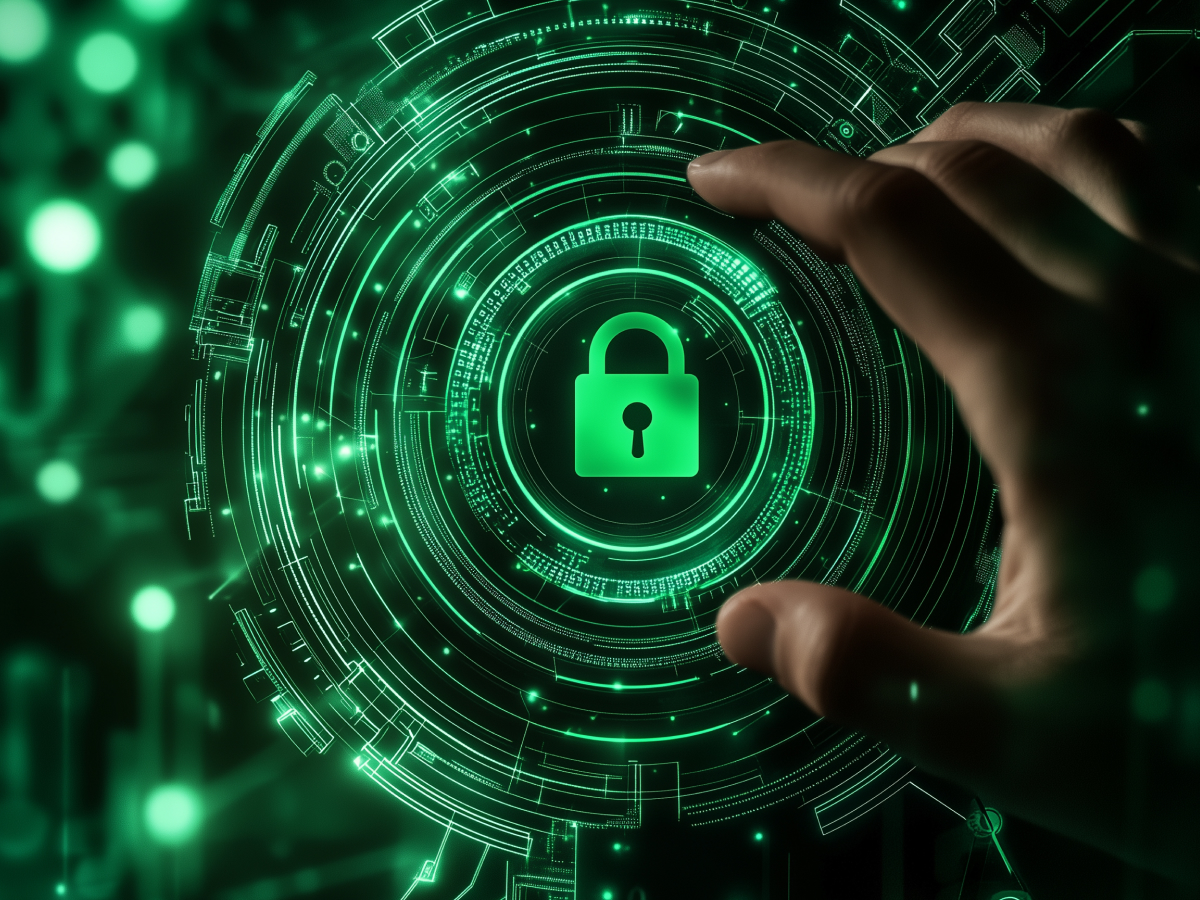Integrated backup and ransomware defense
The best offense in cybersecurity is a strong defense—and by 2025, we’ll see backup systems evolve into critical players in this defense strategy. Traditionally, backups have been like fire extinguishers: there when you need them, but only after the damage is done. That’s changing. Backup systems are merging with ransomware detection and antivirus technologies, creating proactive tools capable of identifying and stopping threats before they escalate. Intrusion detection systems (IDS) are stepping up too, analyzing patterns in data and scanning metadata to spot vulnerabilities and exploits in real time.
Consider this: a partnership between Rubrik and Google now gives enterprise customers access to a vast database of known exploits. This lets businesses detect dormant threats that could otherwise linger undetected for months. It’s a powerful step forward. Think of these integrated systems as a security watchdog, and not just waiting to clean up after a breach but actively preventing it.
Disaster recovery systems, from safety nets to cyber defenders
Disaster recovery (DR) systems used to be the backup quarterback—valuable but mostly sitting on the sidelines. In 2025, these systems will become all-stars, stepping into a more active role. Machine learning (ML) is the key here. DR systems will analyze daily data patterns, flagging anomalies that could indicate ransomware or other viruses long before traditional antivirus software catches up.
For example, imagine your DR system noticing a sudden surge in file modifications. Instead of waiting for the virus to strike, the system steps in, raising alarms and isolating the threat. The focus is no longer on just recovering from attacks anymore, and more on stopping them in their tracks.
“Businesses that see DR systems as proactive tools rather than reactive safety nets will be the ones leading the charge in cybersecurity resilience.”
Ransomware is still public enemy #1
Ransomware will remain the biggest cyber threat in 2025. Why? Because it works. It’s profitable for attackers and devastating for victims. But here’s the good news: organizations are getting smarter. Backup and disaster recovery systems are becoming central to ransomware defense strategies. Businesses are investing in “clean rooms”—secure, isolated environments for restoring data after an attack, free from any malware contamination.
Businesses need to be ready for anything. Ransomware is a constant threat, but organizations that treat backup and recovery as strategic priorities will thrive.
AI and data security as a new frontier for trust
AI is exciting. It’s revolutionary. But don’t ignore data security. As AI systems become more integrated into business operations, companies are understandably cautious about how their data is being used. Is your data being shared with third parties? Is it being used to train AI models without your consent? These are the kinds of questions executives are asking, and for good reason.
Managed Service Providers (MSPs) offering backup and disaster recovery services will need to step up, providing airtight guarantees about how customer data is handled. Businesses demand transparency—if an MSP can’t explain their AI usage policies clearly, they’ll lose trust. In this new landscape, trust is currency, and those who handle it well will lead the pack.
Cyber insurance
Cyber insurance is obviously vital in today’s world. But insurers are tightening their requirements, demanding businesses prove they have solid cybersecurity defenses in place. This means companies need more than just good intentions, and need partners who can deliver. MSPs are stepping into this role, offering the tools and expertise businesses need to qualify for coverage.
Think of MSPs as your insurance guarantor. They make sure your data is protected, your systems are recoverable, and your business is prepared for the worst. Insurance companies are getting smarter about mitigating their risk, and businesses that don’t adapt will struggle to secure coverage. Invest in cybersecurity now, or pay the price later.
Backup-as-a-Service and scaling smarter, not harder
Operational efficiency is survival. That’s why Backup-as-a-Service (BaaS) is becoming the go-to solution for organizations facing resource constraints. Unlike traditional systems requiring hefty upfront investments, BaaS operates on a subscription model, offering flexibility and scalability without the capital expense. It’s a game-changer, especially for industries like healthcare, where budgets are tight but data protection is critical.
The shift from Capex to Opex is focusing on creating systems that grow with your business. With consumption-based pricing, companies can scale up or down as needed, paying only for what they use. It’s the future. Embrace BaaS and focus on what you do best, leaving the complexities of data backup to trusted providers.
Key takeaways for decision-makers
- Proactive backup systems: As ransomware threats evolve, businesses must integrate backup systems with ransomware detection and antivirus capabilities. This proactive defense model helps identify malicious activity early and prevents data loss. Decision-makers should prioritize these integrated solutions to improve early threat detection.
- AI-driven disaster recovery: Disaster recovery systems will become proactive, using machine learning to analyze data patterns and detect potential threats before traditional antivirus solutions can react. Leaders should invest in advanced recovery tools to enhance threat detection and minimize downtime during incidents.
- Ransomware focus: Ransomware will remain the top cybersecurity threat in 2025. Organizations should continue prioritizing disaster recovery, backup solutions, and third-party recovery sites (clean rooms) to mitigate risks and ensure swift restoration of systems after attacks.
- AI and data security assurance: With the rise of AI, businesses must seek clear assurances from managed service providers (MSPs) on how their data is handled, especially regarding AI model usage. To build trust, MSPs need to offer transparent data security policies and solid guarantees against misuse.





